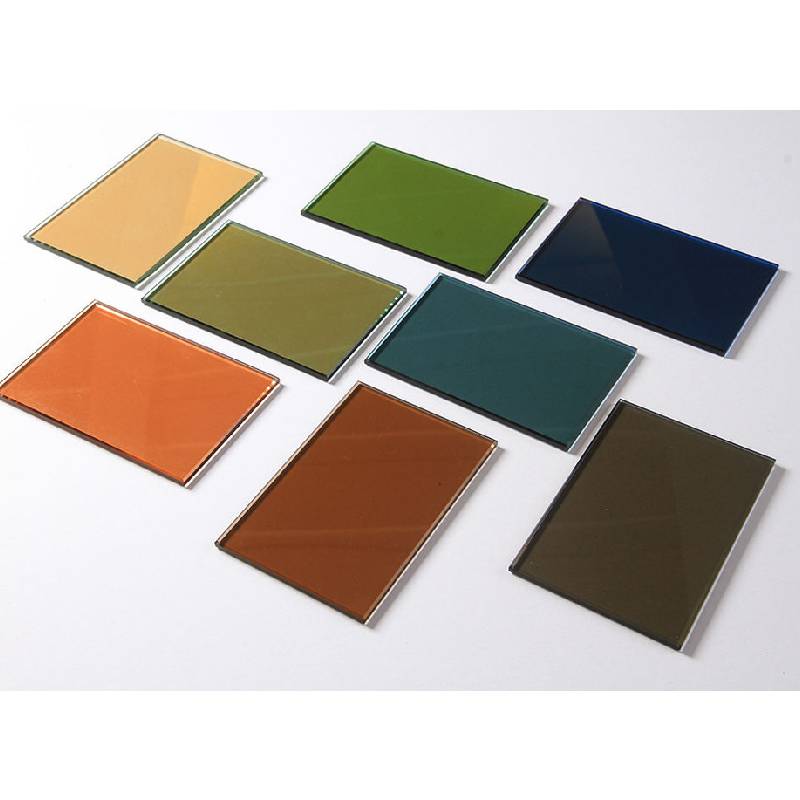

The Allure of Thin Mirror Glass A Reflection on Design and Functionality
In recent years, thin mirror glass has emerged as a favored material in both architectural and interior design, captivating architects and designers alike with its sleek aesthetic and multifunctional capabilities. This innovative form of glass combines the reflective qualities of traditional mirrors with a lightweight, ultra-slim profile, creating a versatile medium for diverse applications.
One of the most striking features of thin mirror glass is its ability to enhance the visual space within any environment. When applied to walls, ceilings, or furniture, it reflects light and colors, thereby creating an illusion of depth and openness. This characteristic is particularly valuable in smaller spaces, where maximizing the perception of room size is often a crucial design consideration. By cleverly positioning thin mirror glass, designers can create dynamic interactions between light and shadow, redefining the spatial experience.
Moreover, thin mirror glass is celebrated for its aesthetic appeal. Available in various finishes—from classic silver to smoked or bronze tones—it accommodates a wide range of design styles. Whether incorporated into modern minimalist architecture or used as a statement piece in a more eclectic setting, thin mirror glass seamlessly blends with diverse materials, including wood, metal, and stone. This adaptability allows it to suit myriad decor palettes, making it a popular choice among designers seeking to achieve a harmonious balance in their projects.

In addition to its visual benefits, thin mirror glass serves practical purposes. Its lightweight nature makes installation easier and can reduce structural load in construction projects. This advantage becomes particularly relevant in areas such as retail spaces, where large expanses of mirror glass can create striking visual displays without compromising the integrity of the structure. Furthermore, advancements in glass technology have led to the development of durable, shatter-resistant thin mirror glass, enhancing safety in public and residential areas alike.
Environmental considerations also play a role in the growing popularity of thin mirror glass. Many manufacturers are committed to sustainable practices, producing glass using eco-friendly processes and recyclable materials. By choosing this material, designers can create beautiful spaces while adhering to principles of sustainability, making it an attractive option for environmentally conscious projects.
In summary, thin mirror glass is not just a functional element in design; it is a beautiful, dynamic material that enhances spaces, promotes sustainability, and offers versatile applications. As we continue to explore the integration of innovative materials in design, thin mirror glass stands out as a compelling choice that reflects both aesthetic desires and functional needs. Its ability to transform environments while ensuring practicality makes it a timeless addition to contemporary architecture and interior design.